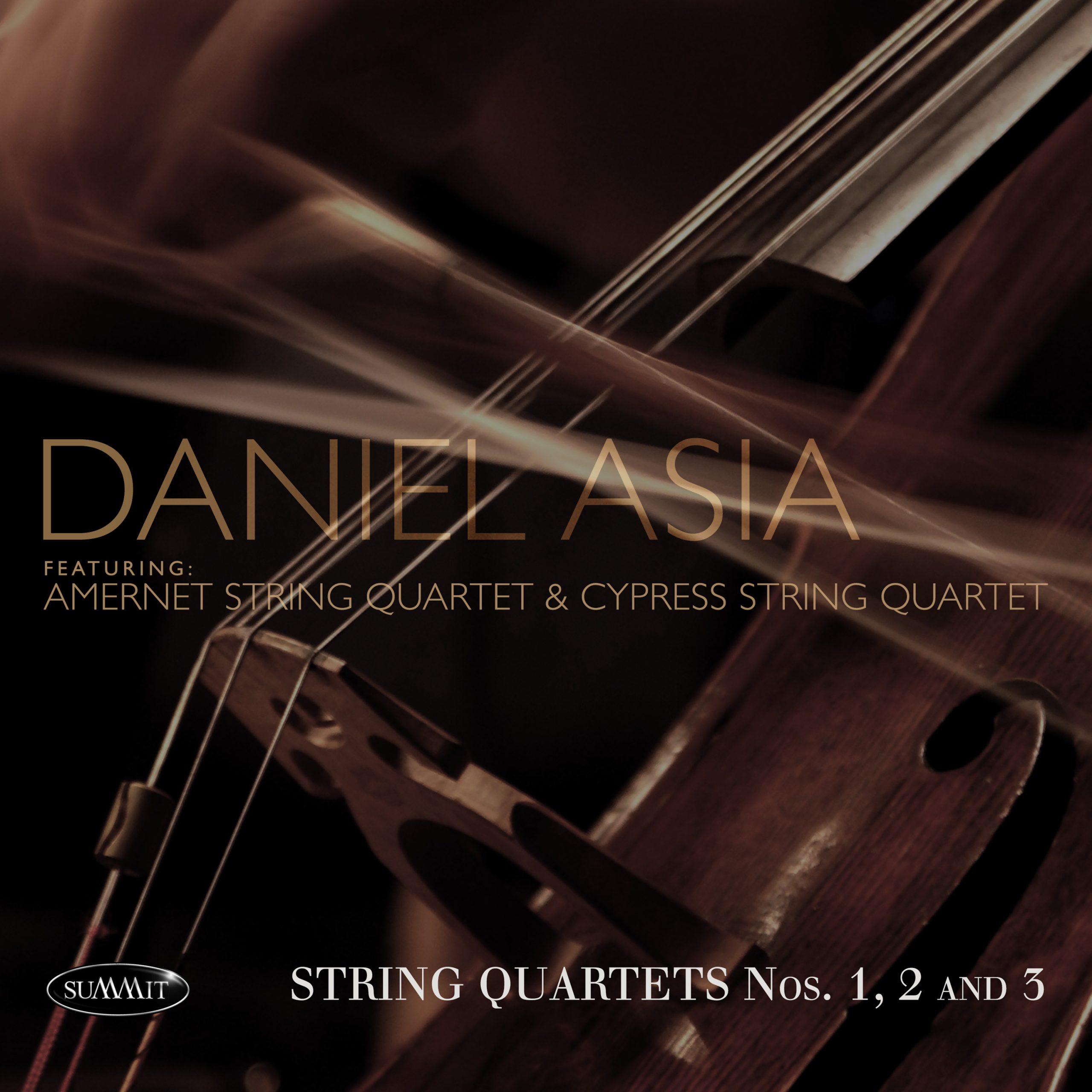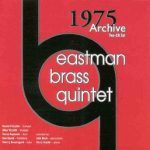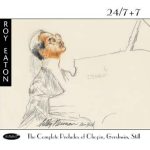Description
Featuring: Amernet String Quartet & Cypress String Quartet
Together, these three quartets give a wonderful view of the progression and development of this seminal composer’s compositional style generally, and in the medium of the string quartet genre specifically.
String Quartet No. 1, written in 1975, is a highly eclectic work in its stylistic inflections. In five movements of highly varied emotional content, it mixes the lyrical with the fantastic, the hyper-present with the remote, the galactically spatial with the intensely rhythmic.
String Quartet No. 2, from 1985, is in four contrasting movements, with much of it about a theme and its variations. Like the earlier string quartet, it mixes the ghostly and nightmarish with the serene and peaceful, as it pushes to the fullest the emotional and physical range of the string quartet.
String Quartet No. 3 (The Seer), commissioned by the Cyrpress String Quartet in 2006 as part of their call and response series, takes its title from Adolph Gottlieb’s eponymous painting, that sees quite analogous to my quartet. The works are mosaic-like in their larger structures. Seemingly incongruous shapes build up a pleasing and articulate form. Certain iconic shapes or patterns run through the work, while others stand in isolation. This quartet accepts certain influences from popular music which are absorbed into its more complex texture and language. While these associations don’t leap out, they are present, even if only on a subterranean level.
Praised for their “intelligence” and “immensely satisfying” playing by the New York Times, the Amernet String Quartet has garnered recognition as one of today’s exceptional string quartets and are Ensemble-in-Residence at Florida International University in Miami.
In their 20 years on the concert stage, Cypress String Quartet (CSQ) have been praised by Gramophone for their “artistry of uncommon insight and cohesion,” and by the NY Times for “tender, deeply expressive” interpretations.







